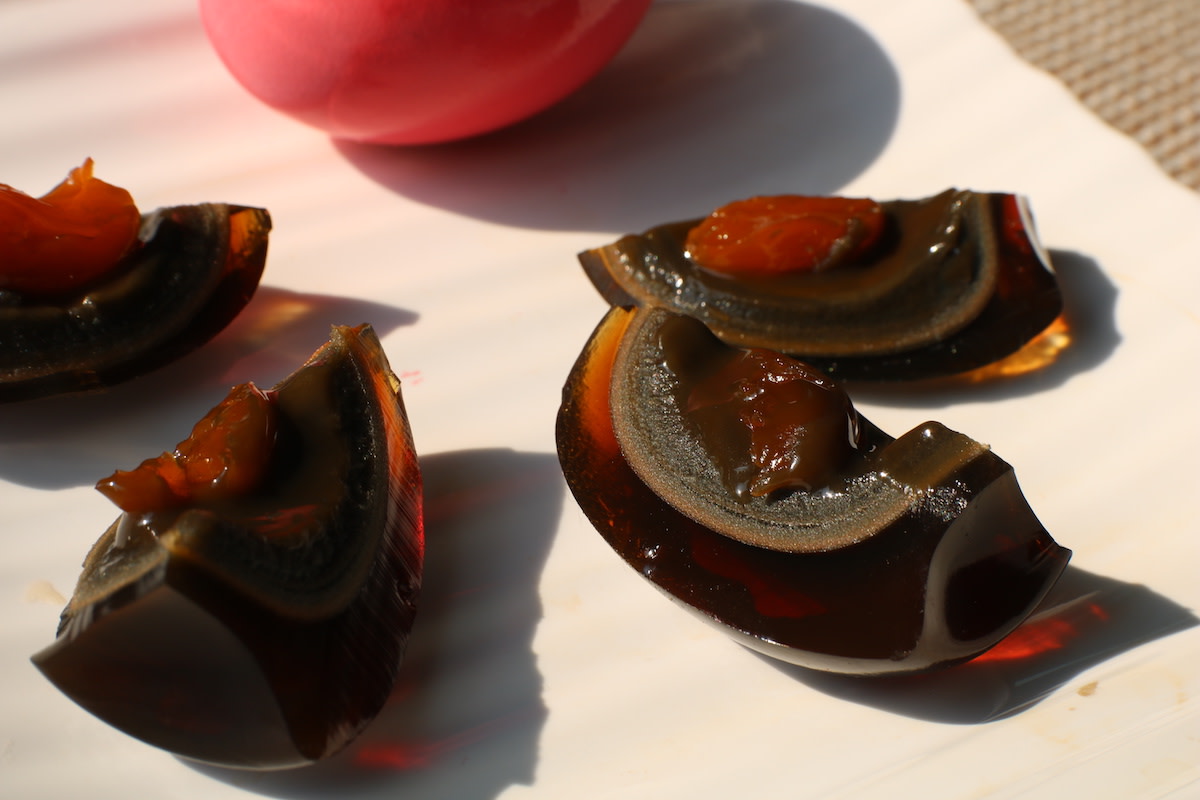Century Eggs Explained: How to Make Century Eggs
Written by MasterClass
Last updated: Jan 2, 2026 • 3 min read
Century eggs are a traditional Asian dish featuring eggs that have been preserved for a long period of time in a curing mixture. Although they appear dark in color, they are rich in flavor and considered a delicacy.
Learn From the Best
What Is a Century Egg?
Century eggs are a type of egg traditionally made in China and other Asian countries, like Hong Kong and Taiwan, by preserving the egg for many weeks or months in a mixture of clay, salt, wood ash, and quicklime. During this process, the outer egg white turns dark brown or black and becomes gelatinous, while the inner egg yolk becomes dark green.
Century eggs taste salty and have a smooth, creamy texture when eaten. They are often served as an appetizer with soy sauce or added to congee, a type of rice porridge. Century eggs are made from many types of eggs, including duck eggs, quail eggs, and chicken eggs. They are also called by many different names, including thousand-year eggs, thousand-year-old eggs, hundred-year eggs, millennium eggs, skin eggs, or preserved eggs.
There is a misconception that century eggs are rotten or spoiled, but if made correctly, century eggs are free of bacteria or mold and are perfectly safe to eat.
A Brief History of Century Eggs
Century eggs were most likely invented out of the need to preserve eggs for long periods of time. The first instance of this method of preserving eggs was most likely around 600 years ago during the Ming Dynasty in China. There are many stories about how the century egg originated, including a tale of a man in Hunan, China, who found preserved duck eggs in the slaked lime clay used in the construction of his house; or another story, about a man who left duck eggs outside for a woman he wanted to court that weren’t found until many months later.
While originally century eggs were simply a method of preservation, over many centuries the curing process was improved to create a richer flavor and turn them into the Chinese delicacy they are today. People did this by using a more complex alkaline clay mixture made of wood ash, salt, and calcium oxide, which created a chemical process that increased the sodium content and the pH of the egg. Traditionally, the clay mixture was made in a strong black tea and the eggs were then wrapped in rice hulls or rice husks while they cure.
Century Eggs Recipe
makes
24 century eggsprep time
10 mintotal time
1 hr 31 mincook time
1 hr 21 minIngredients
- 1
Prepare the black tea mixture by bringing water to a boil in a small pot. Turn off the heat and add the black tea bags and salt. Allow the water to cool down to room temperature and then remove the tea bags.
- 2
Add the sodium hydroxide and zinc. Be sure you are wearing protective gloves and that you are in a well-ventilated area as sodium hydroxide is dangerous if touched or ingested. With your gloves on, slowly pour the sodium hydroxide and the zinc into the black tea mixture. Use a stainless steel spoon or utensil to stir the mixture.
- 3
Using your gloves or a stainless steel spoon, carefully lower each egg into the mixture. Once all of the eggs are in the pot, cover it with a lid and seal the pot with tape. Write the date on the pot so you know when you made them.
- 4
Store the eggs. You’ll want to store the pot in a cool and dark location where it won’t be disturbed. Leave the pot for roughly 12 days.
- 5
Using your protective gloves, uncover the pot and remove the eggs. Rinse the brine off of the eggs and then let them dry for one hour.
- 6
Place the eggs into a plastic, sealable bag. Then place them in a light-proof container, such as a pot with a lid. Store them again in a cool and dark location where they won’t be disturbed. Leave them for at least 30 days.
- 7
Remove the eggs from your container. Bring a medium-sized pot of water to a boil and then place the eggs in the boiling water for one minute. After one minute transfer them to a bowl of ice water.
- 8
Gently tap the eggs against a hard surface to crack the shell and then peel off the entire shell. Your century eggs should be dark green or black and are now ready to eat. You can serve them with sliced or pickled ginger root, soy sauce, Sichuan sauce, or sesame oil.
Note: This recipe takes a total of 42 days to preserve the eggs.
Become a better chef with the MasterClass Annual Membership. Gain access to exclusive video lessons taught by the world’s best, including Gabriela Cámara, Niki Nakayama, Chef Thomas Keller, Yotam Ottolenghi, Dominique Ansel, Gordon Ramsay, Alice Waters, and more.
